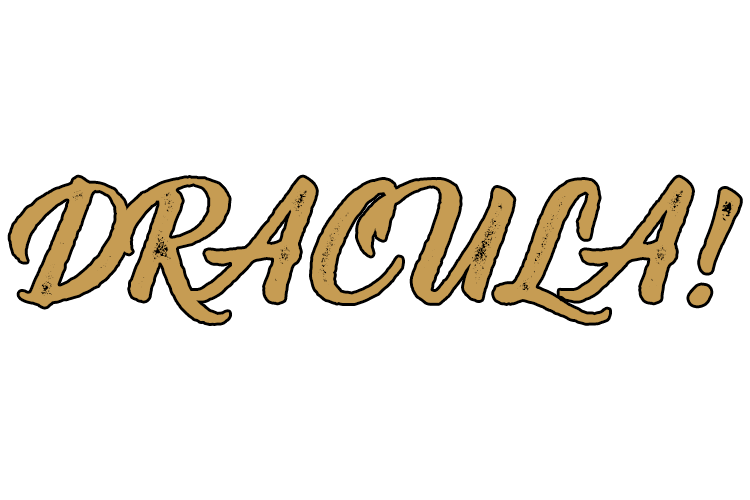THE WEATHERING
The general dark wash is usually the first step of the weathering for me. It’s an ancient Chinese technique but it still works very well in giving the model the first touch of realism.
I use Dark Brown Wash for Green Vehicles by Ammo Mig and I clean the excess with the white spirit by Talens.
It’s good to be precise with the application of the wash. Don’t flood the model with the paint – it’s going to make some ugly stains on the surface, especially if you went for a porous matt finish.
Also, single colour wash is the most basic option. Experiment with more shades or various intensities to make the effect even more interesting.

With a mix of Oilbrusher White and AMMO Yellow I painted a discolouration visible on the right side of the vehicle.
I’ve chosen the Oilbrusher for this job because it has more opacity than a regular oil paint. I see it as something between oils and enamels.

It’s time to crank those oils up to 11. The first step is the rust.
I created some shades by mixing various oils like: Raw Umber, Light Oxide Red, Black and Cadmium Orange. All paints belong to the van Gogh palette by Talens.
It’s important not to dilute oils at this points, at least no to much. However, you can drain the linseed oil on a piece of cardboard.
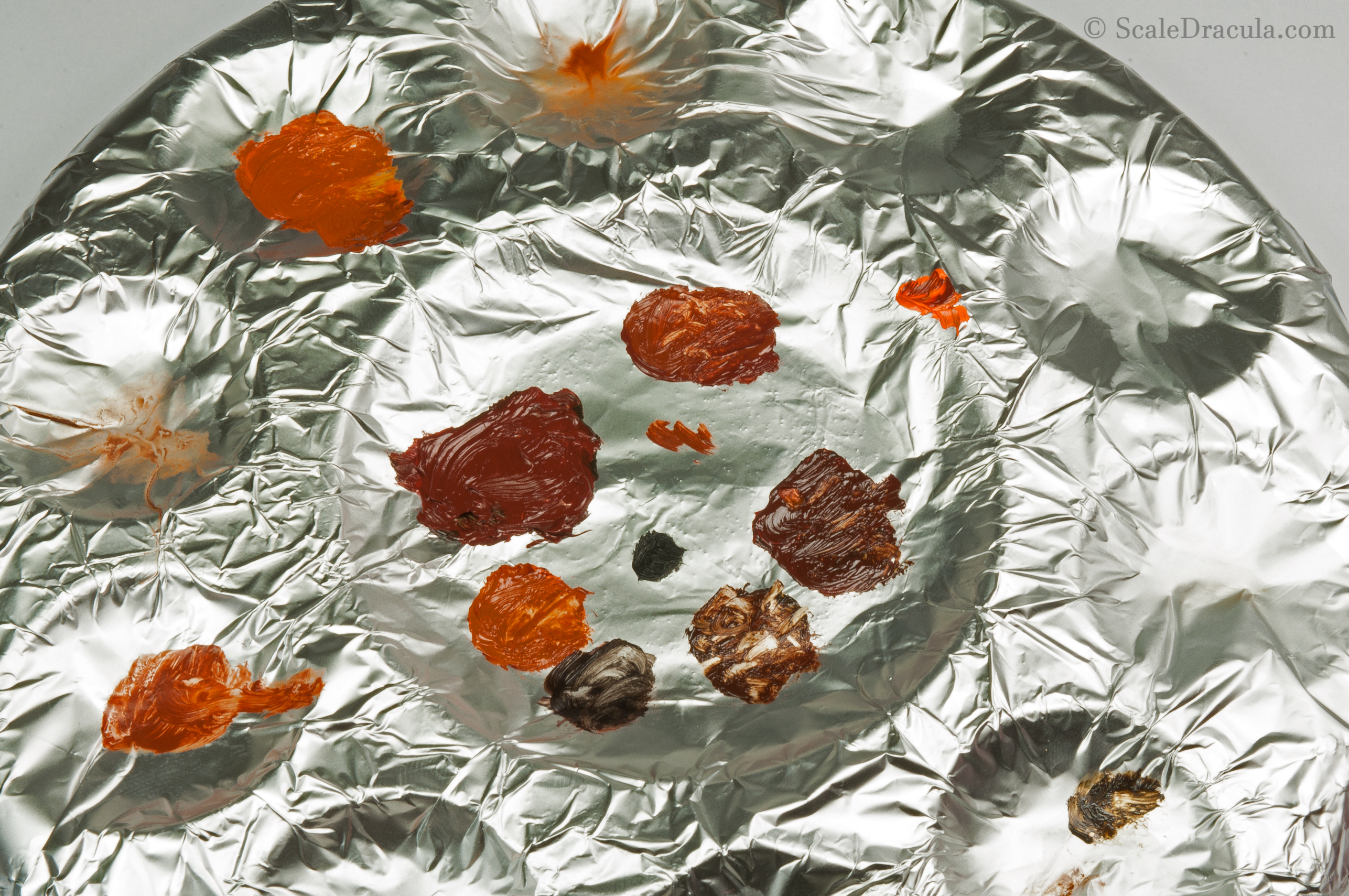
I create some rust effects with a detail brush. I dilute the colour slightly, then I apply just a little bit of paint on the model. Finally, I blend the colours with the tip of my brush.
Two things are crucial here: the way you dilute the paint and the brush movements.
1. The paint should be pretty thick. If you dilute it to much, it becomes runny and looses its opacity. Just a tiny bit of thinner is necessary.
2. The brush should work in gentle stippling motion. If you start to drag it along the surface you’ll wipe the paint away instead of blending it.

I decided to use some more oil paints on the white streaks. I know – it’s painting white over white. But structurally, those are two different colours and they behave in a unique way. I often use different kinds of the same colour to get those little variations.
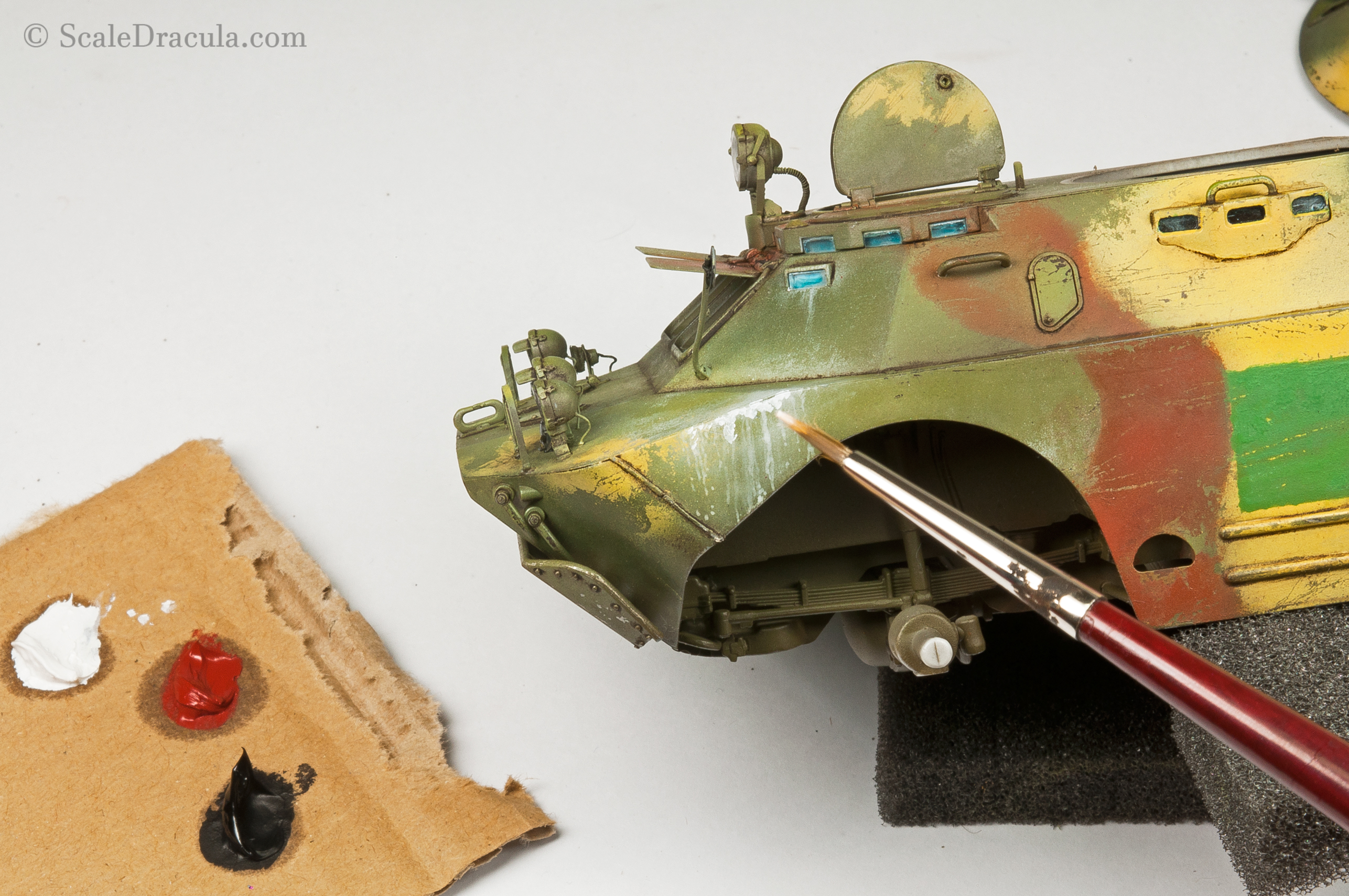
An here’s the result.
I also painted the periscopes in transparent blue but I’m not satisfied with the result. I’m a tank guy, I don’t know how to deal with those transparent things. I’ll try to darken the periscopes later with Tamiya Smoke.
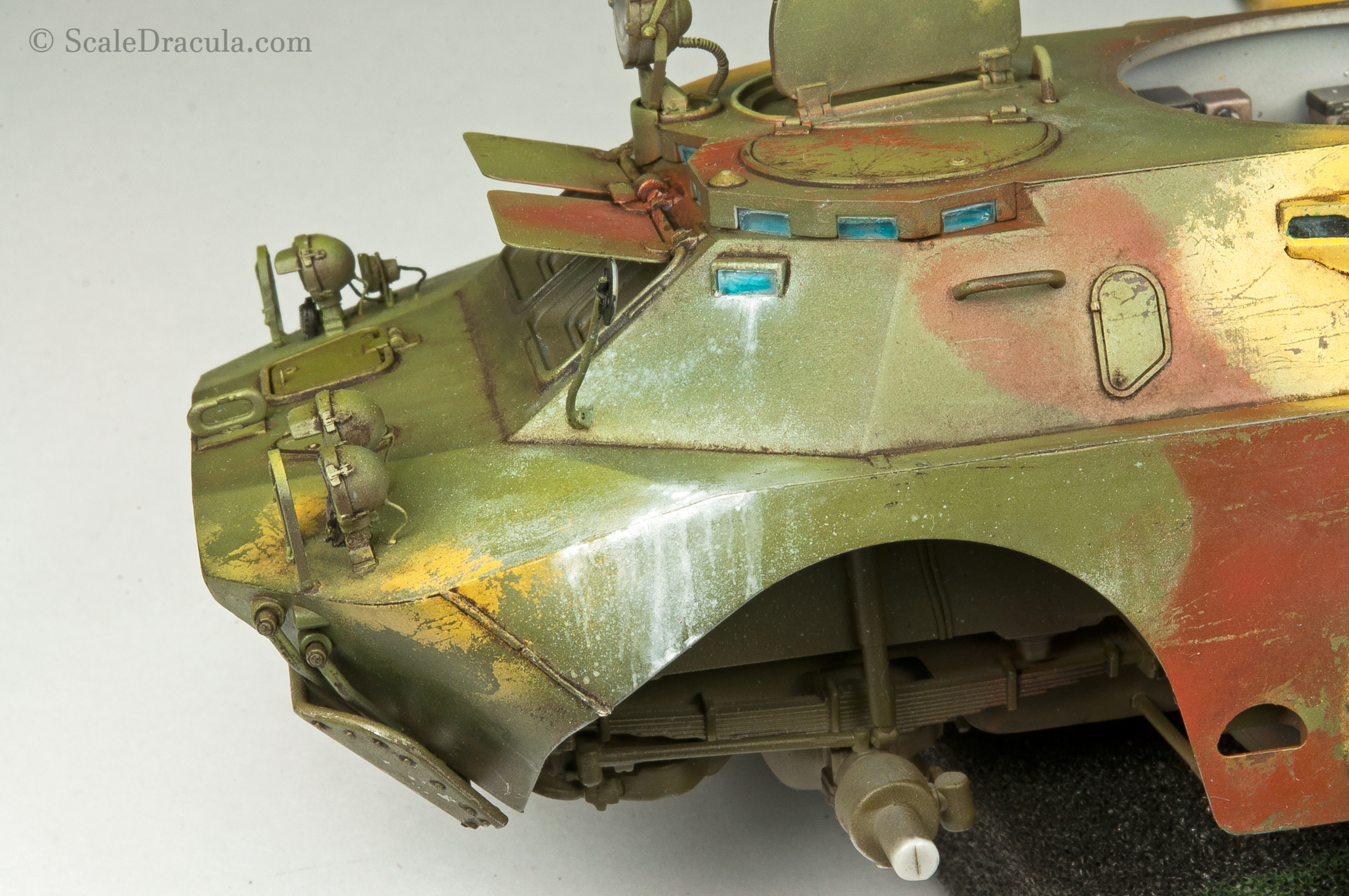
I’m not done with the oils just yet.
I apply some dark brown paint on the edges and then I blend it with gentle brush movements. Again, the paint must be pretty thick. And don’t put too much of it- this will complicate your work.

I also use the oils for the rusty scratches. The technique is the same but you need even less paint this time. Cover the scratch with just a tiny amount of colour and then clean the edges with a brush.

Nobody said you can’t airbrush oil paints. I mix them with white spirit and I build up the red brown colour in various places.
The typical oil paint dries very flat and is extremely fragile at first. Give it a few days to set properly.

The oils are also used for the exhaust covers. I start with dark brown colour and I gradually build up the colour up to black. The easiest way is to let the paint dry between the layers. But if you a pro, you should try to do it in one go.

Quick tip
Artistic oils are probably the most versatile weathering product. It's not easy to work with them at first, but they can produce some truly spectacular results.
Next step is painting some chips on the spotlight. I used Ammo Matt Aluminium for that and I’m really happy with this paint.
Acrylic metallics I’ve used before had very low opacity and were hard to control. With this paint I was able to paint some sharp, contrasting chips.

I put the main hull aside for a while as I decided to deal with the accessories. I painted the pike pole light brown. Then I created some filter effects with ochre and raw umber oil colours.

Here’s the pike pole fully painted and weathered. I used Tamiya masking tape to paint the stripes white and red. Then I scratched off some of the paint.
I want my pike pole to be an eye-catching detail. I’m always trying to add this splash of a vivid colour on my models.

By the way, I got mad with the stock rubber tyres and I decided to replace them. Panzer Art offers a great replacement set of wheels cast in resin.

The details on these parts are stunning. I love the tread as well as the side numbers and symbols. The quality obviously comes with a price but it’s a fair deal.
I’ve notices some moulding imperfections on the wheels but I hope they won’t be visible after the painting.

I already painted and weathered the wheels. It’s a whole separate SBS, so I’ll show you how to do it in another post.

The next thing I had to deal with was the white stripe going across the vehicle – the fast identification marking. I masked the stripe with Tamiya masking tape and I started to build up the colour with an airbrush.

However, I didn’t want the stripe to be all even and perfect. After all, originally the stripe was applied with a brush probably close to the front line. I have to mess it up a bit. This is a good example of how the technique should go hand in hand with the story you want to tell with your model.
I added some more colour with a brush trying to create imperfections and thick accumulations. I used Cidatadel’s Ceramite White for that – it is a very thick paint with a good coverage. I wanted the stripes to look strikingly clean and fresh. The contrast with the rest of the vehicle will suggest that the stripes were painted recently.

I had to add the identification numbers as well. Judging from the reference photos they were painted with a stencil and then corrected with a brush. I’m going to do the same thing.
I found a similar font and I printed a whole page of numbers in different sizes. Then I cut out the matching ones creating a simple stencil.

I painted the numbers with the airbrush. As you can see the mask wasn’t perfect – it’s super hard to cut it flawlessly. But I have enough to work with. Later, I’ll retouch the numbers with a brush.

I forgot to mention that I sprayed some Chipping Fluid under the white stripes.
Now I will add a very limited amount of chips. I don’t want to exaggerate this as the stripes are supposed to look brand new.
On the turret I made some round scratches. I imagined the periscope cover could flap around creating this effect.
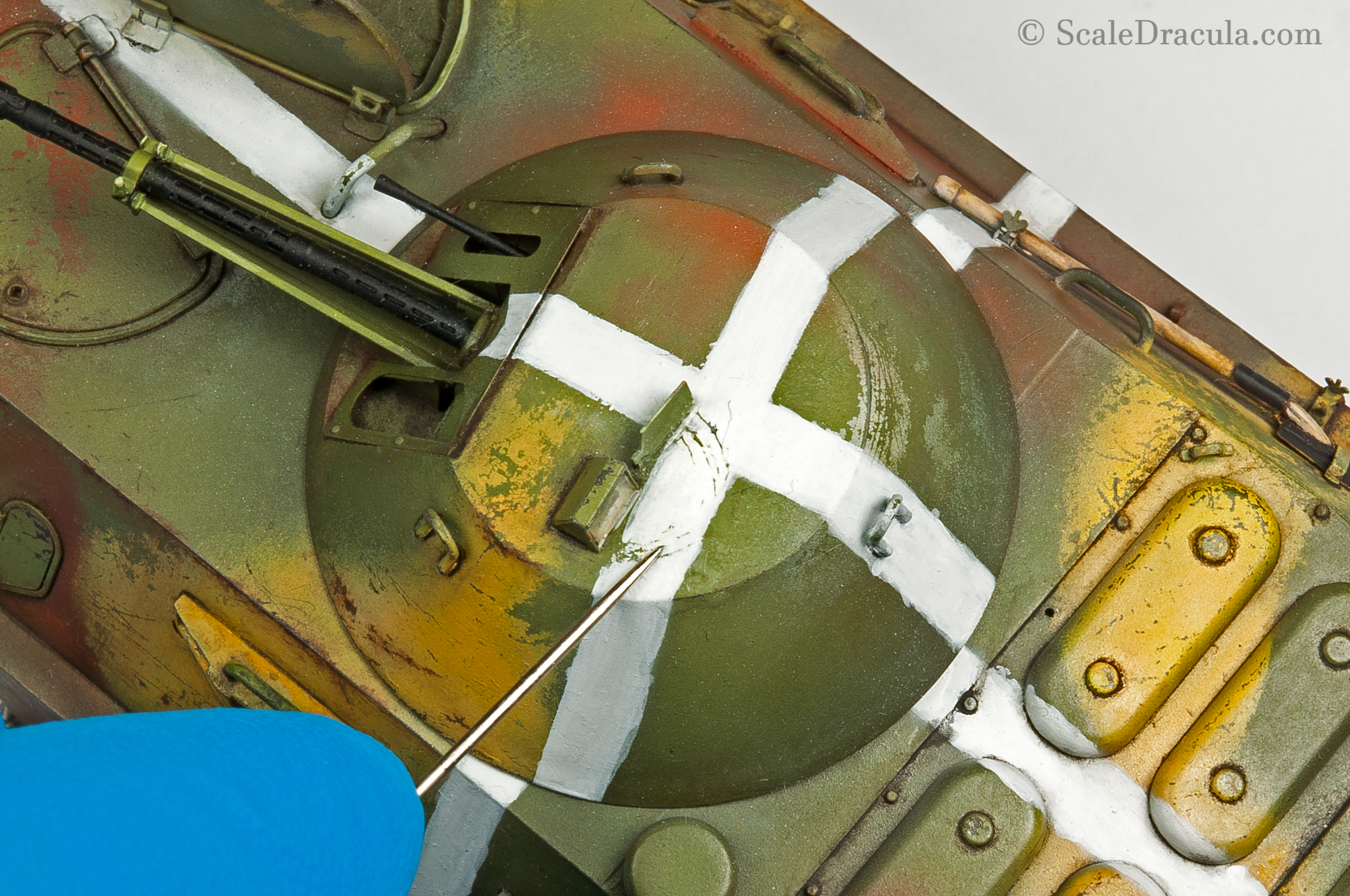
Let’s make some oil marks. I used Ammo’s Fresh Engine Oil to create this glossy effect. It is a semi-transparent product though. You might want to add some dark oil paint to improve its opacity, for example raw umber or black.
I really like the contrast the dark oil stains created with the white stripe.

The main gun was painted flat black. Then I polished the surface with a silicone brush dipped in Ammo Gun Metal pigment. The texture of the gun is easily revealed.

It’s time for the mud. There’s a lot going on in this model already and I don’t want to cover it with heavy dirt. Only some flat accumulations and splashes this time.
This project is all about oil paints, so I decided to use them for mud as well. I mixed a relatively light contrasting colour and I applied it in the shadow areas. Then the paint was blended with white spirit.

With the same shade I did some splashes. Using a brush and a toothpick gives good control over the effect.
For more aggressive splashes you may use a wet brush and the air blown from the airbrush.

I used Ammo Fresh Engine Oil again to make some glossy mud effect.

The basic light mud colour goes on the horizontal surfaces as well. I concentrated the dust mostly around the turret blending it with white spirit.

THE DETAILS
In my opinion even a perfectly painted and weathered model needs some extra details – things that will catch the viewer’s eye. Extra equipment, civilian objects, debris… You name it. The more vivid the colour, the better.
As my first special detail I’ll scatter some empty shells around the main hull. Sadly, there is no KPVT 14,5 mm ammo available on the market. Instead, I will use .50 cal shells for Browning M2 by RB Model. I think they are similar enough.
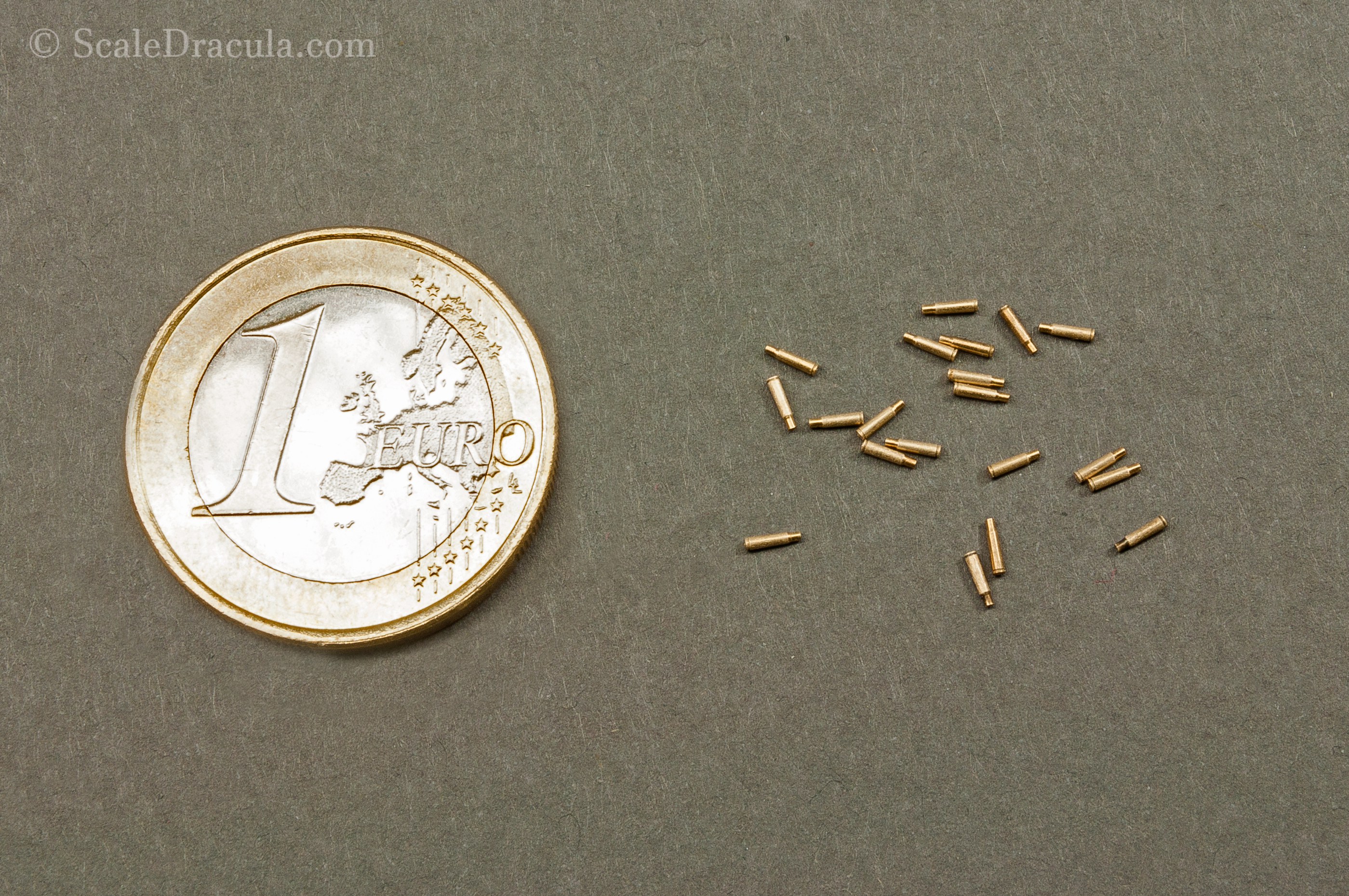
I used a CA glue to attach the shells to the model.
It’s a challenge to do it ‘randomly’ enough. Details like that should look natural and not overwhelm the rest of the model.

Another detail I want to add will be a broken windscreen. I made it from scratch using a real glass and some scotch tape. I’ll show you the full process soon in a ‘How to…’ SBS article.

Last time with the ZSU-57-2 I made a bucket full of potatoes. I’ll continue the tradition but with apples this time.
The bucket is by Eureka XXL. The apples were scratch-built from Miliput and short pieces of wire.

I hanged the bucket on the hook close to the propeller. I know, I know… – apples in an old, rusty bucket under the exhaust pipes? Not a very realistic scenario. But remember this is Eastern Europe. The logic is optional.

One of the last things to do was the side mirror. For the first time I used the Molotov Liquid Chrome marker that has gained some popularity among the modellers worldwide. The ‘mirror effect’ is really impressive and easy to achieve. However, I had to polish the surface after the first layer and repaint it to get a perfect sheen.

And last but not least, the porn centrefolds… A feature that really makes this vehicle stand out.
Before recreating them I had to consider my options. I could… :
- 1. Paint the posters free hand. (impossible – I’m not that good with the brush)
- 2. Go through every Playboy ever published to find the correct ladies and scale them down. (tempting, but time-consuming)
- 3. Edit the original photo to extract, scale and print the images. (BINGO!!!)
Luckily enough, one of the reference photos presented the side of the vehicle at an almost perfect angle:

I decided to edit the picture in PhotoShop. I had to get rid of the shadow cast by the hand of the soldier. Also, the picture is tilted to the right – this also needed to be corrected.

I’ve dealt with the shadow using the Clone Stamp tool. First you click on the nearby area holding Alt to get a sample. Then you can remove the unwanted part by sweeping through it. Hard to explain, super easy to do.

With a Crop tool I corrected the tilt to create a perfect rectangle.

Then I printed the picture on a regular office colour printer. I could probably get a better quality on a professional printer. But I was satisfied with what I had. Besides, how was I supposed to explain to anybody that I needed some super tiny porn???

The quality of the print was OK considering the scale. But I still needed the paper to be thinner. And that’s how I discovered you can actually split the ordinary office paper with a hobby knife.

I glued the posters to the model with a little bit of PVA glue. Don’t use to much or it will destroy the paper.
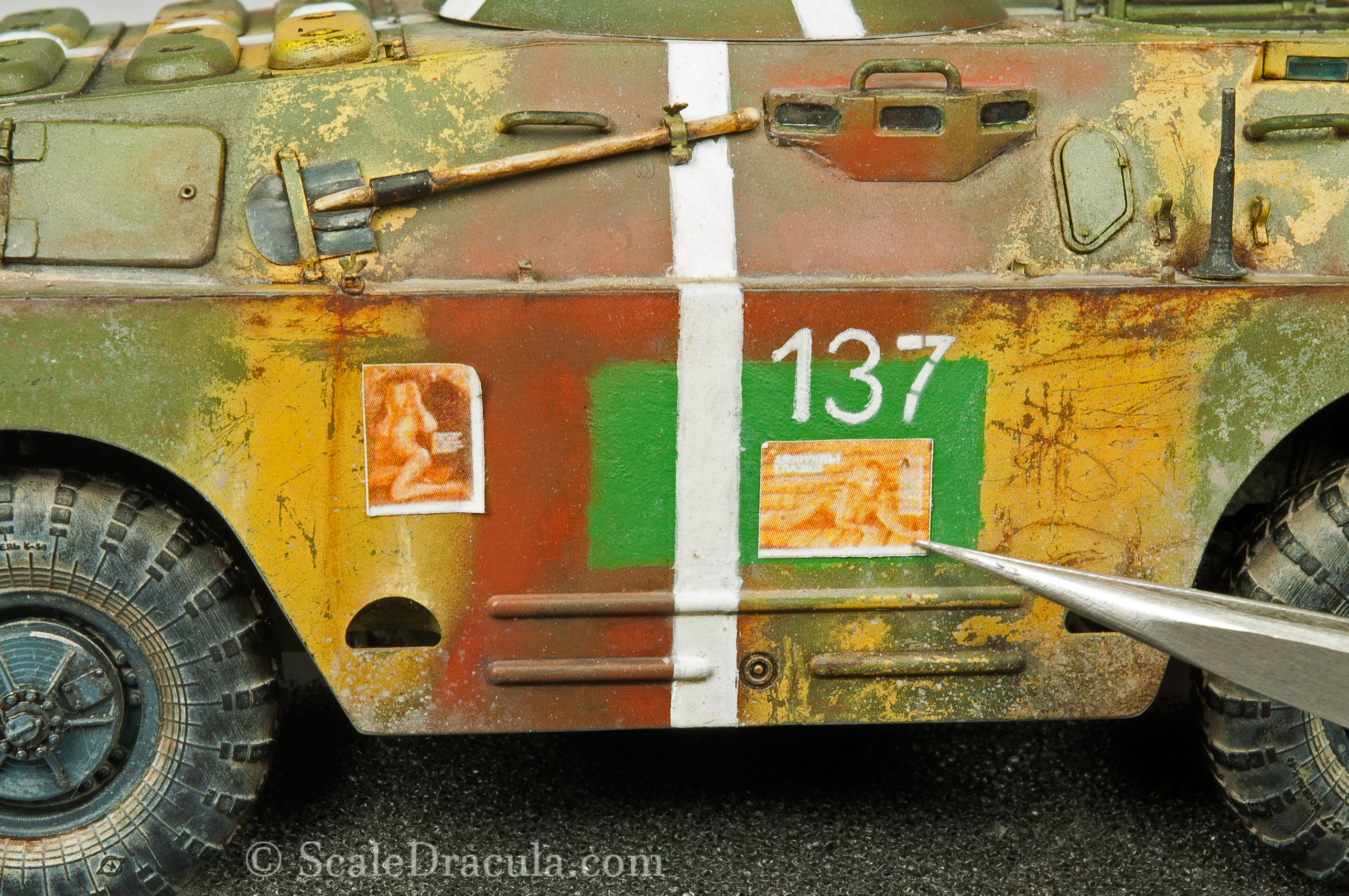
And that’s how we get to the end… It was a complex project but I’m happy with the result. With the BRDM-2 I wished to concentrate more on the painting and weathering. And I think I’ve got what I wanted. I’ve messed up a couple of times, but I won’t cry about it. Check out the gallery on the next page, I hope you’ll like it. And see you on the next project!

